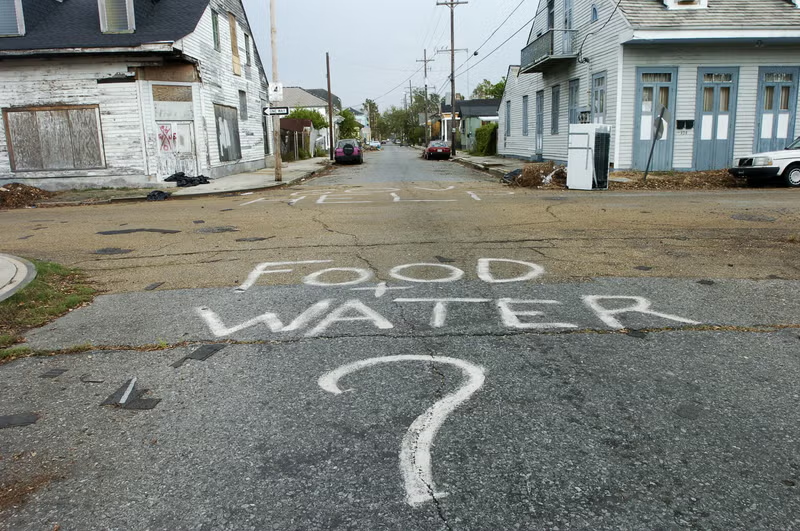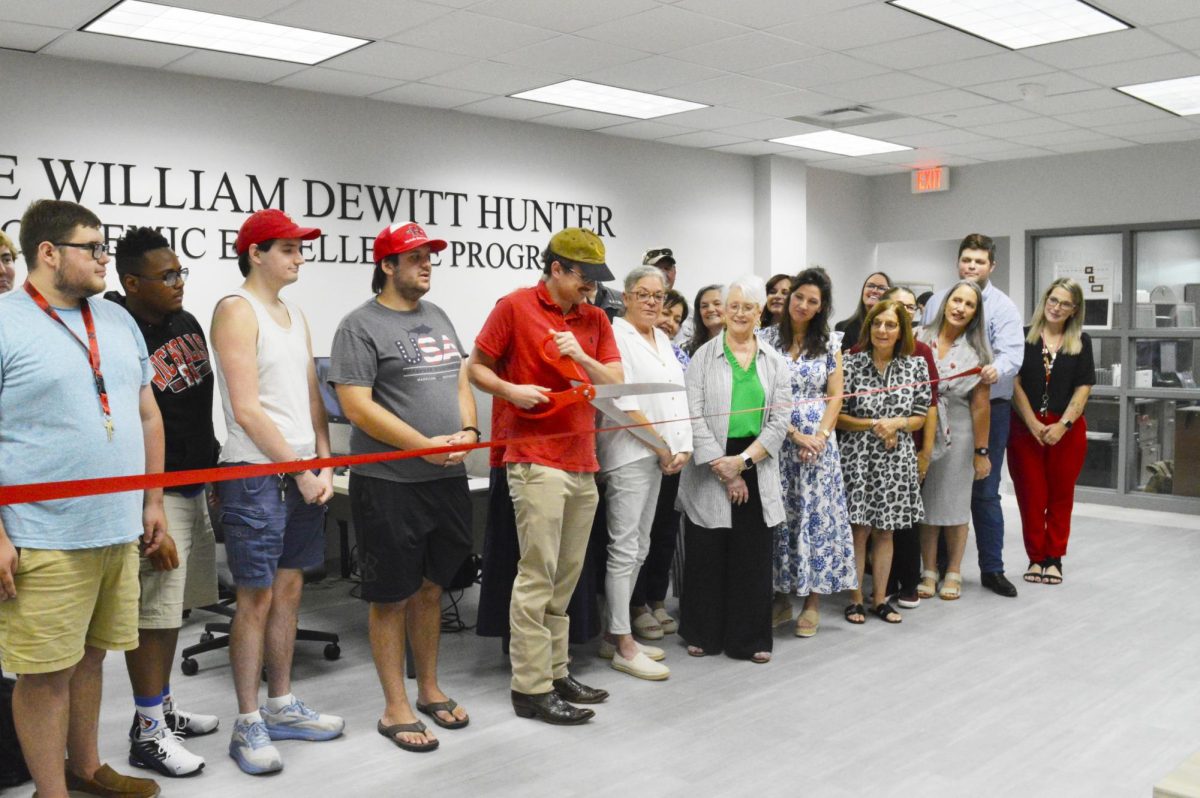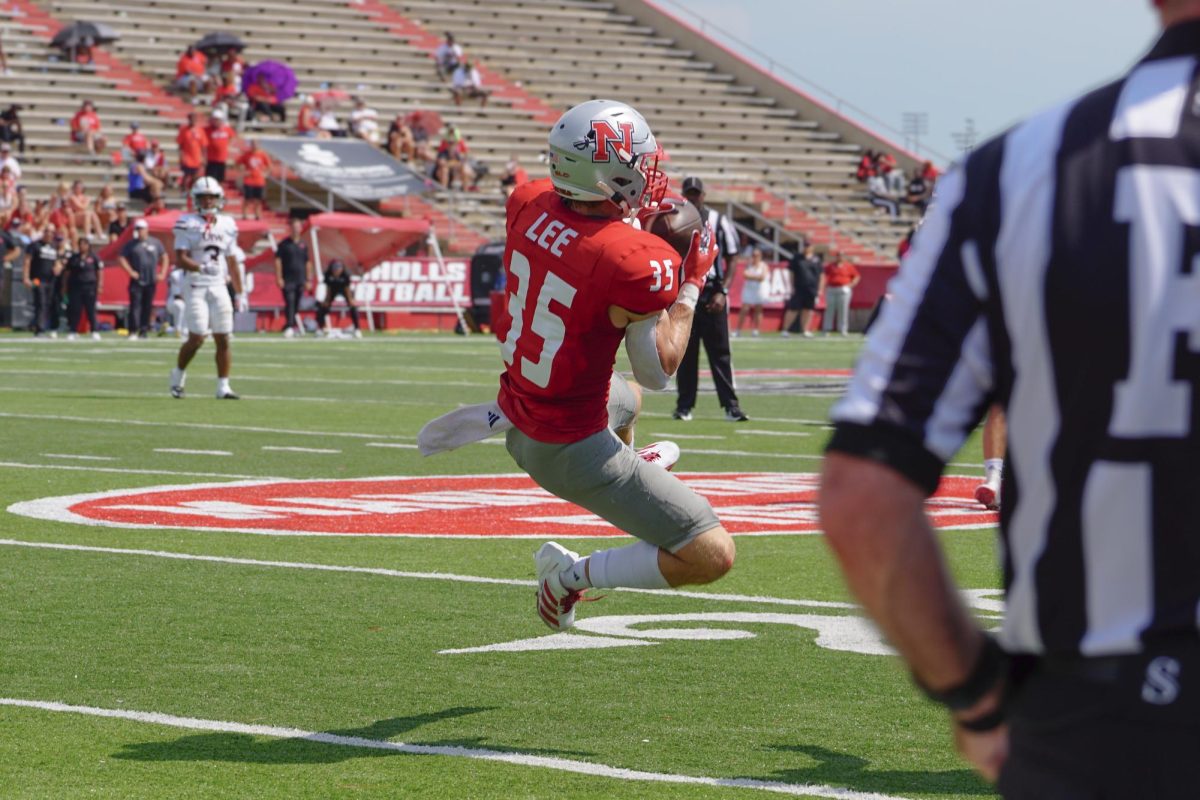Moviegoers who are trying to escape the summer heat and fill the voids caused by television reruns will find movie sequels are among the majority of summer’s biggest blockbusters.
According to Exhibitor Relations Co., a box office tracking firm, a record-breaking 25 sequels are predicted to be released this year, with 16 sequels being released this summer. Last year, 19 sequels were released, and only nine were released in 2001.
What does this mean for the movie industry? Will the age-old theory that movie sequels can’t be better than the original movie withstand? Does the theory hold any truth? Some Nicholls students say it does.
Of 85 Nicholls students surveyed, 62.4 percent said most movie sequels are worse than movie originals. However, of the 37.6 percent who had seen a movie sequel this summer, 62.5 percent said the movie sequel of this summer was better than its original.
Does this mean the movie studios will be coming out on top after what many are calling the summer of sequels?
According to Box Office Mojo.com, only four of the 19 sequels released last year accumulated more ticket sales than the original movie.
Based on figures from Box Office Guru.com, five out of the seven sequels already released this summer generated more ticket sales in their opening weekend than the opening weekend of their originals.
However, Box Office Mojo.com reports that though some sequels manage to open strong that does not necessarily mean the movie will generate as much money overall. Most movie sequels wind up costing studios more for production and marketing in order to meet the demands of an audience that thrives for a sequel that is bigger and better than the original. Higher costs also add up as studios bring out the special effects and pull out larger amounts of cash to cast the stars of the original movie in the sequel.
Even though “Terminator 3: Rise of the Machines” brought in $44 million dollars July 4 weekend, Box Office Guru reports that the movie’s production costs ranged from $150 million to $200 million. The tracking firm also reported that Arnold Schwarzengger was paid $30 million to return after 12 years to his signature role.
“X2: X-men United” brought in about $86 million in U.S. ticket sales its opening weekend while the original “X-Men” took in $54.5 million in 2000. However, Box Office Mojo estimates that the sequel’s production costs were 47 percent higher than the original’s and marketing costs increased 76 percent. Ticket sales would have to continue to stay strong to surpass the original’s profits due to the higher costs.
Summer-release sequels also face another challenge in their goal to surpass the original’s showing: competition. “Charlie’s Angels: Full Throttle” topped the charts its opening weekend with a $37.6 million opening, but it failed to beat the first “Charlie’s Angels” opening of $40.1 million in November 2000. The first weekend of November obviously offered a less competitive slot than the end of June.
64.7 percent of Nicholls students surveyed said they are looking forward to sequels due out this summer. The question on students’ minds is whether the sequel will surpass their expectations and delight them more than the original. However, the main concern for movie studios is whether moviegoers will be curious enough to answer that question and go see the movie. Whatever the result may be, if you are a sequel lover or one who enjoys to critique sequels, this is the summer for you.
Rise of the summer sequels
Stephanie Detillier
•
July 10, 2003
0
More to Discover







